QuestionAs the title suggests i might be getting a bearded dragon and want to know how to make sure he doesn't get stressed in his new home how do i do this? Also i need a diet and shopping list on what i might need for his tank and what he needs to eat and were i can get it. also what should i look for in regards to what a new bearded dragon looks like when its healthy. What do i do for if i go camping or something in the rockies can i just put food in its tank along with water? Or do i need some one to take care of him while him gone? How frequently do i need to clean his tank? And what should i use? Do i need to bathe him? if yes how frequently? What type of water should i use temperature wise and how deep? How do i make sure he is drinking enough and getting enough moisture? how long does he need a light on for? What kinds of vitamins does he need and how do i supplement them to him and how frequently? How often do i need to take him to the vet? and what do i need to check up on him for? If i have missed anything please please please include it as i am really worried about the little guy i might get : )
AnswerHi Clark
Well, lol, that is alot of questions contained in a single post. The most ever for me I think. I will try to answer each question in the order that you asked it but for some I may refer you to this site.
http://www.bio.miami.edu/ktosney/file/BDcare.html
Dr. tosney is a Bearded dragon keeper and breeder as well as being the head of biology at the University of Miami. So she has both personal experience with beardeds and the scientific academic background to give proper advice on lighting, feeding and supplements. I would strongly advise you to read over all aspects of her site even if you believe you already know about the topic.
There is always some level of stress involved in relocation with reptiles. There is no way to completely eliminate it and some individual animals adjust quicker then others. I generally advise new owners to avoid handling for the first several days until the new arrival starts eating well and basking regularly.
The most important things that you will need for his tank are the heating and lighting systems. Beardeds are diurnal (active during the day) and are from hot, semi-arid/arid regions of Australia. A basking area or "hot spot" in one end of the tank needs to be in the 35 - 40 C range. This is best done with a heat producing bulb that also produces bright light (not red) which is important to their natural behaviour. They also need exposure to Ultrviolet B (UVB) wavelengths which they would normally get from exposure to the sun. Exposure to UVB helps them to synthesize vitamin D3 which is critical to calcium absorbtion. Calcium deficiencies are common in captive reptiles and often life threatening. There are commercial bulbs designed to produce UVB for reptiles. One of the most reliable is the ZooMed brand, choose the 10.0 strength in the long fluorescent tube shape (not the compact coil). Depending on the size of enclosure you have you might also look into Mercury vapour bulbs (the ones sold in pet stores for reptiles). They produce both heat and UVB from a single bulb but come in larger wattages and are only suitable for somewhat larger enclosures. All of these bulbs and the appropriate fixtures can be found in stores that carry a good selection of reptile supplies.
You will also need to decide on a substrate. Any loose substrate like sand (even the calcium based ones) can potentially cause intestinal impaction from accidental ingestion, particularly with small beardeds. Paper towel or newspaper is safer or reptile carpet which is a bit more attractive.
Beardeds are omnivorous taking both insects and greens/vegetables. A good variety is the key here with crickets, waxworms, large mealworms and silkworms all being good choices. For a suitable selection of greens I will refer you to Dr. Tosney's site rather then re-typing the list but kale, dandelion, collard and escarole are a few examples of suitable greens and should be available in most large grocery stores.
When choosing a bearded look for one that is bright-eyed, alert and interested in his surroundings. He should be carrying himself up on all four legs and moving easily. Check his vent (anal opening) for signs of smeared droppings or diarrhea. His back and area over his hind legs (the pelvis) should be round. Thin animals will have a visible and protruding spine and/or pelvic bones. Young beardeds can be a bit skittish but this is normal. They calm down as they mature.
If you are going away just for a couple days or over a weekend a juvenile to adult bearded should be fine. You can put your lights on a timer and leave a few worms in an escape proof small ceramic bowl. Any longer then that and I would suggest having someone check on him at least every 2nd day or so. I would suggest that a young hatchling be checked on daily if you can arrange that.
You will want to spot clean the droppings when you see them. Paper substrate is easier to replace more often. Unless your dragon is diagnosed with an intestinal parasite (which is somewhat common with beardes) you should not have to clean the entire tank more then 2 or 3 times per year. Hot soapy water is fine with small amount of bleach added for disinfecting and deodorizing.
If you keep his tank cleaned of droppings then you should not have to bathe him for cleaning purposes but soaking them in a little tepid tap water (water that feels neither cool nor warm or just barely warm to your hand) about once a week is a good way to keep him hydrated. It often encourages a bowel movement as well. I keep the water depth just a little past their sides but not completely over their backs. Between the soaking, eating greens and a small water dish in the enclosure you should not have to worry about hydration. Some dragons also like to be sprayed lightly once a day and drink the droplets that way.
Set your light timer (both heat and UVB) for 12 hours on and 12 off. You should not need any heat at night unless your house drops down to below 18 C, then a red light or an under tank heat pad can be used at night.
The most important vitamin supplement is calcium with vitamin D3 (no phosphorous). RepCal or MinerAll are two reputable brands. You use these powdered vitamins by adding a pinch to your plastic bag of insect so the insects are "dusted" in the supplement. Do this right before you feed those insects to your bearded. The frequency depends on the age of your bearded but generally 3 to 4 times a week for young ones and about once a week for older ones. Dr. Tosney's site will be helpful here. You can also use a multi-vitamin once or twice a month but this is less critical.
Some people take their dragons for a yearly checkup at the vets and this is highly recommended while others wait until they notice symptoms of a problem. Money is often the deciding factor in this but catching a problem early is often cheaper in the end then waiting for it to become obvious. Your vet will almost certainly want to examine a fresh stool sample because parasites like coccidia and pinworms (not the kind that humans get) are common with beardeds. You can refrigerate the sample until your appointment.
Dr.Tosney's site is very thorough and should cover any other questions but feel free to post a follow-up to me if there is something I can clarify for you.

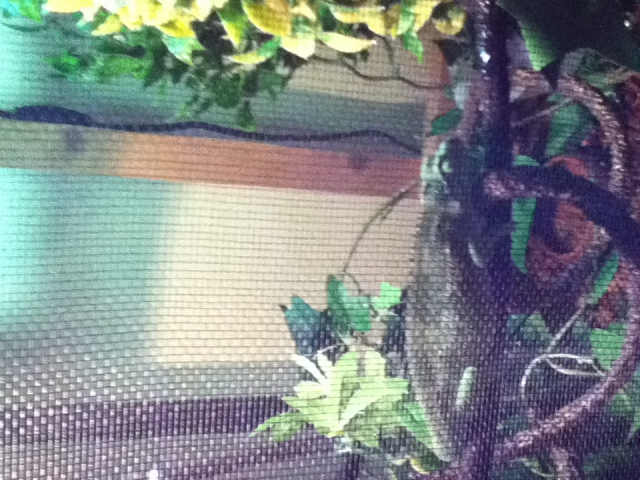 Could it be my UVB bulb?
QuestionQUESTION: Hi. I have a 13 month old Yellow Cres
Could it be my UVB bulb?
QuestionQUESTION: Hi. I have a 13 month old Yellow Cres
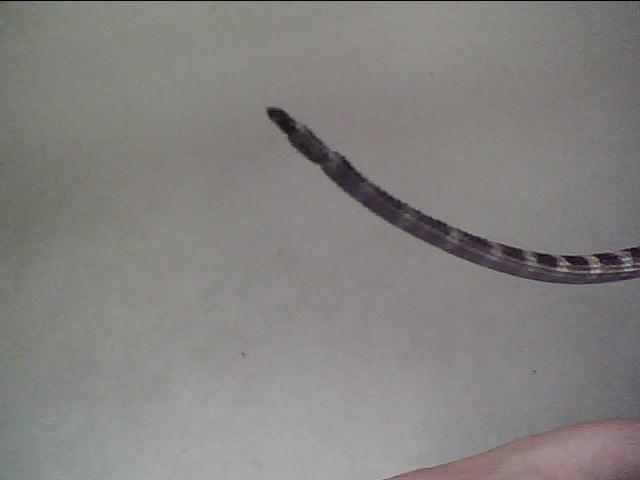 Tail rot?
Question
Tail rot?
Hi, one of my two bearded dragons lo
Tail rot?
Question
Tail rot?
Hi, one of my two bearded dragons lo
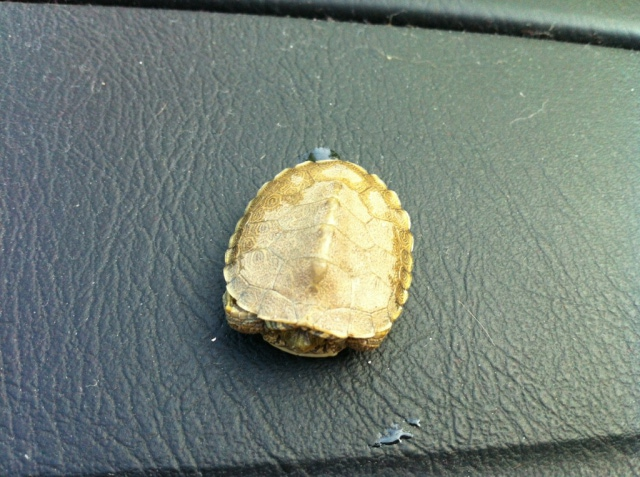 What kind of turtle is this?
Question
george george
i found him at a be
What kind of turtle is this?
Question
george george
i found him at a be
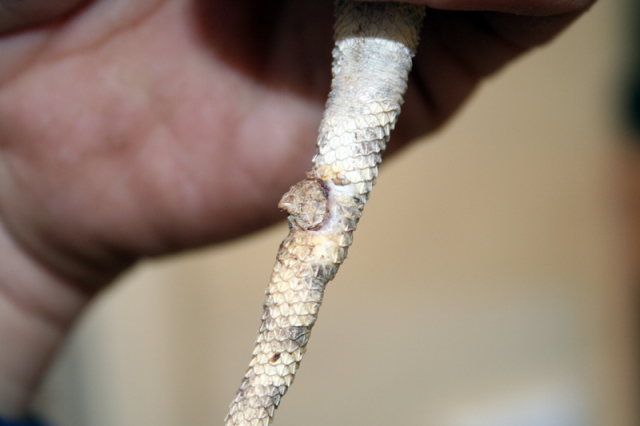 Egyptian Agama
Question
Egytian Agama tail 1
Hello Diane
I recently
Egyptian Agama
Question
Egytian Agama tail 1
Hello Diane
I recently
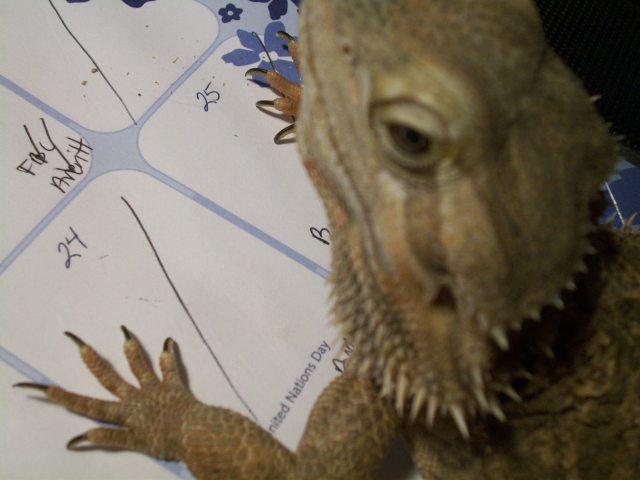 Abscess on bearded dragon?
QuestionQUESTION: Hello,
I received a 3 year old bearde
Abscess on bearded dragon?
QuestionQUESTION: Hello,
I received a 3 year old bearde